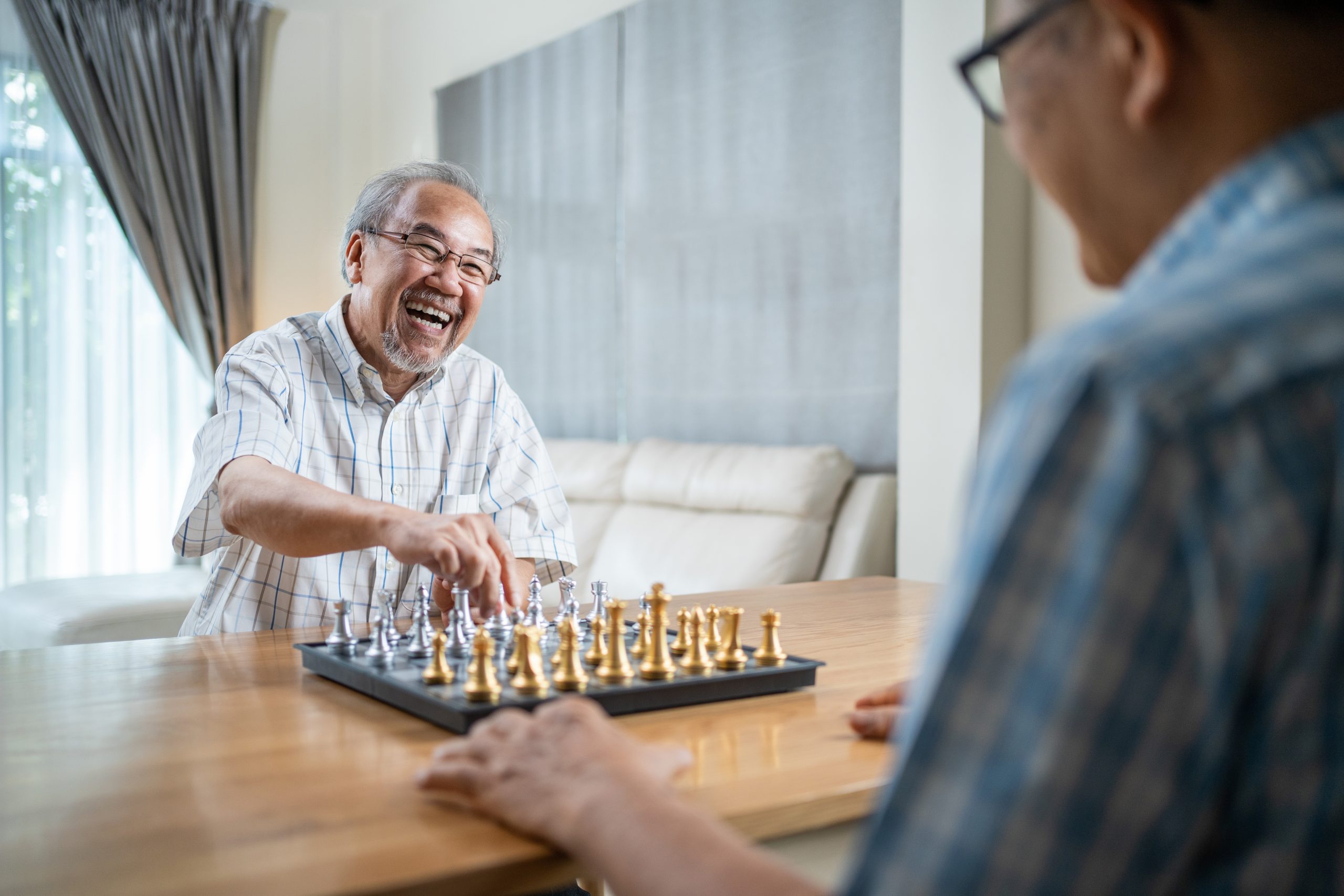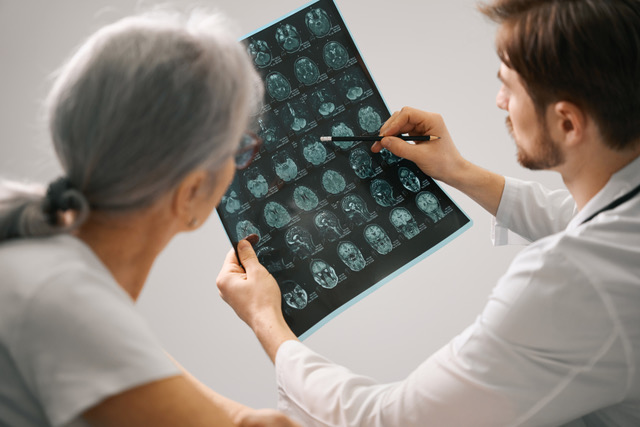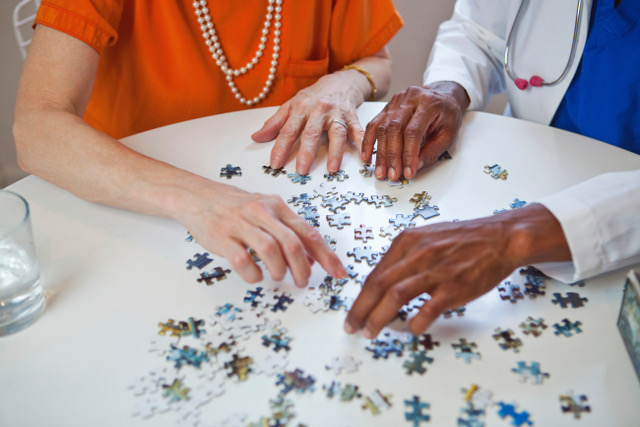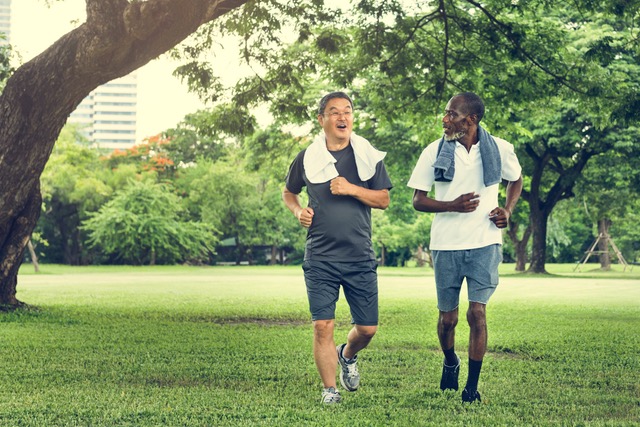faqs
understanding to maintain your brain health
What is the difference between dementia and Alzheimer’s?
Dementia is an umbrella term that encompasses Alzheimer’s as well as other types of dementias, including Lewy body dementia, Frontotemporal dementia, vascular dementia, and many others. We hear most about Alzheimer’s because it accounts for about 60-70% of all dementia cases.

What is Subjective Cognitive Decline?
Subjective Cognitive Decline (SCD) occurs when someone notices changes in their cognitive function before these changes can be measured by clinical tests. SCD may be an early warning sign of future cognitive impairment, but many people with SCD never progress to more serious conditions. Regular monitoring and adopting a brain healthy lifestyle can help maintain brain function and prevent further decline.
What is Mild Cognitive Impairment?
Mild Cognitive Impairment (MCI) is a clinical diagnosis. Someone with MCI would typically experience cognitive decline that is greater than expected for someone of a similar age and education level. People with MCI experience noticeable changes in memory, language, thinking, or judgment but can generally maintain independence. Unlike subjective cognitive decline, MCI can be detected through cognitive testing. MCI may increase risk for developing dementia, but many people with MCI remain stable by adopting appropriate brain healthy lifestyles.

What is neuroplasticity?
Not so long ago, scientists believed that our brains didn’t change after childhood. But thankfully, we now know that isn’t true. Our brains are adaptable and can and do change throughout our lives, similar to how a living tree grows new branches and connections in response to its environment.
When we learn new things, our brains forms new neural connections (connections between brain cells) and strengthens those connections the more we use them. Meanwhile, connections that are no longer used (that biology test you crammed for in the eighth grade) weaken and may go away entirely. This ability of the brain to adapt and change continues throughout life and forms the basis for learning, memory, and recovery from brain injury.
Through targeted activities and lifestyle choices, neuroplasticity can be enhanced, potentially improving cognitive function even as we age.
What is neurogenesis?
If you grew up anytime before the 2010s, it’s likely you were told that your brain had all the cells it was ever going to have, and it couldn’t make new ones. “Don’t drink alcohol, you’ll kill your brain cells and you can’t make new ones!” was a refrain heard by many teenagers. We now know that our brains can produce new neurons (brain cells) throughout our lives, through a process called neurogenesis. Regular physical activity, particularly aerobic exercise like brisk walking, running or cycling, has been shown to promote neurogenesis, especially in the hippocampus, a brain region crucial for memory and learning. Learning new skills, getting enough sleep, and eating well are also important for neurogenesis.

What is cognitive reserve?
Think of cognitive reserve like your brain’s fuel tank. You fill it up with formal education, ongoing learning and other cognitively stimulating activities, social engagement, and healthy lifestyle choices. The higher you can get that fuel gauge, the less likely you’ll see a low fuel warning light when you get older. Building cognitive reserve throughout life can help delay or reduce the impact of age-related cognitive decline and neurodegenerative diseases.
How do lifestyle interventions help protect brain health?
Research shows that our daily habits and choices have a powerful impact on brain health and cognitive function. The Lancet Commission published a study in 2024 that quantified how much modifiable lifestyle factors can reduce your risk for Alzheimer’s and related dementias.
Their research shows that a healthy lifestyle can reduce your risk by almost 50%. Physical activity, nutrition, social engagement, mental stimulation, restorative sleep, and stress management are all imperative to maintain a healthy brain. These things provide the nutrients, stimulation, and detoxification that the brain needs to survive and thrive.

What is dual-task training?
Dual-task training combines a motor skill with a cognitive function, such as walking while performing simple calculations. Dual-tasking is different from multitasking in that you are able to perform the cognitive and motor drills simultaneously. Multitasking is rapidly switching back and forth between two or more cognitive tasks, such as trying to read and watch television at the same time. Your brain is unable to do both of those tasks simultaneously, and you end up performing both tasks much more poorly than if you concentrated on each one alone.
Research shows that dual-task training can help improve cognition, especially executive functioning. There are a wide variety of dual task drills and participants end up laughing with one another as they work toward improving their attention, memory, reaction time, and executive functioning. This is why dual-task training is an important part of our brain health programming.




